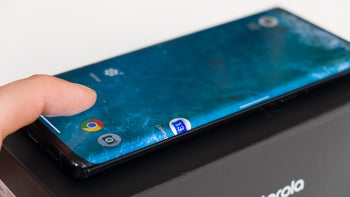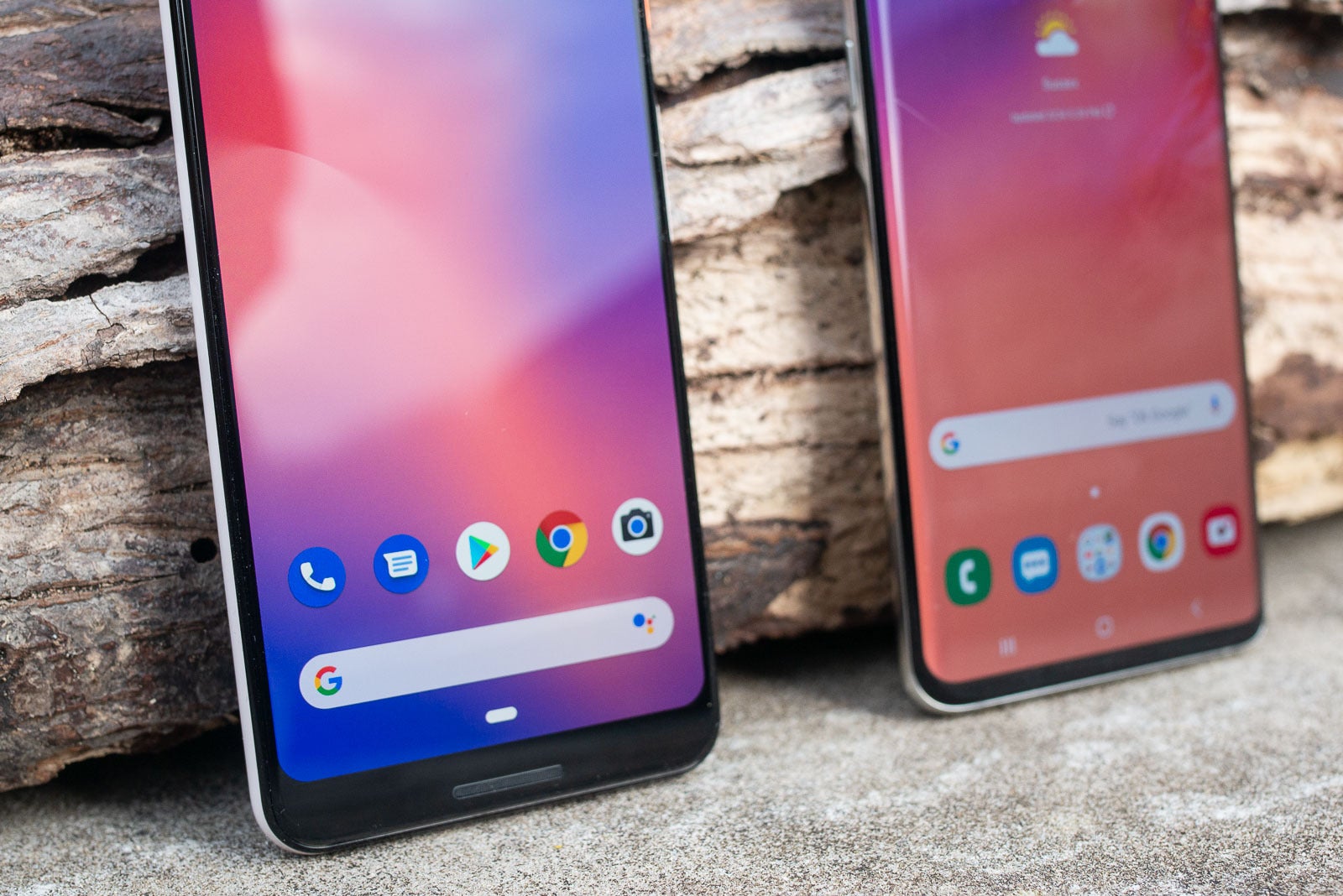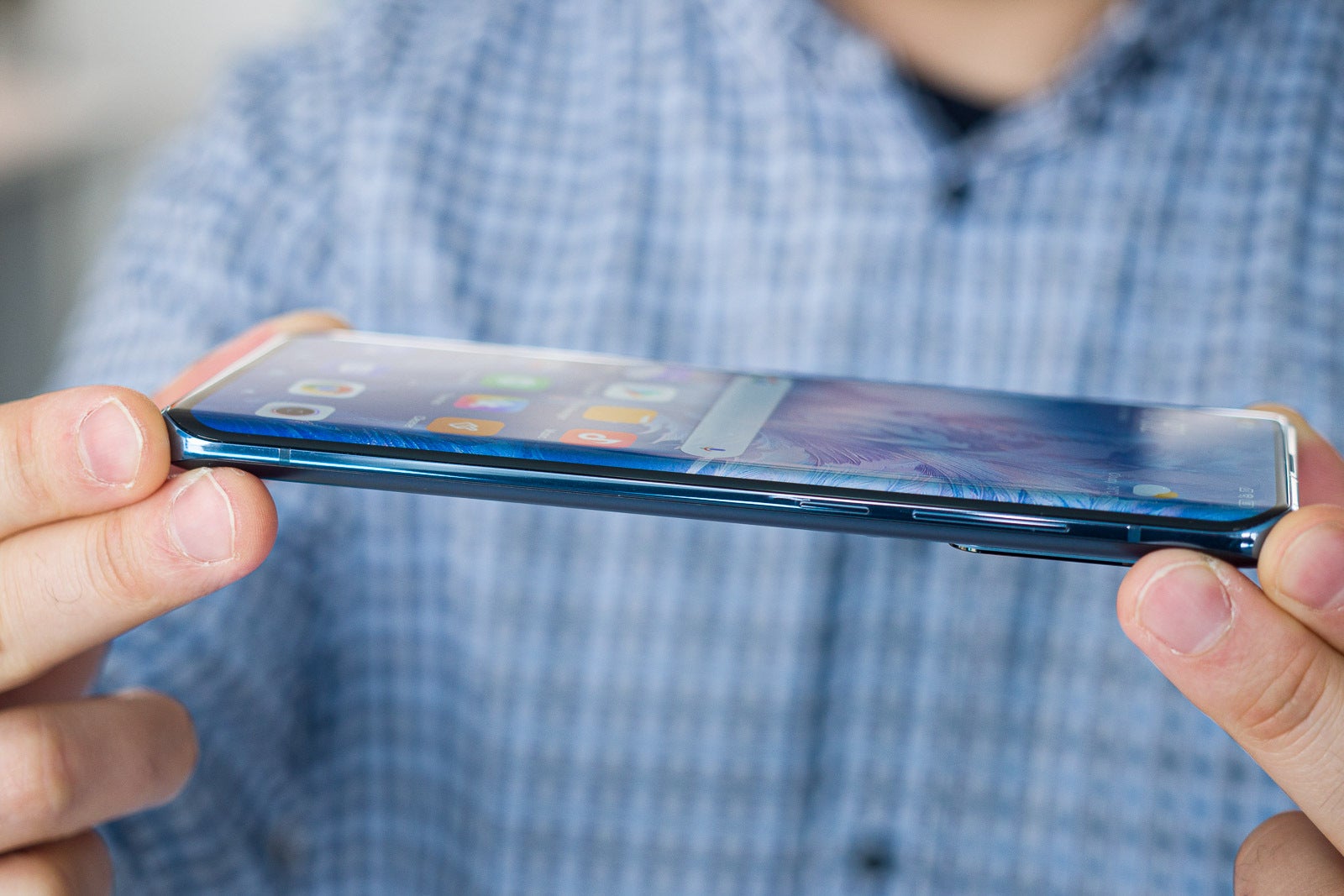Is the Galaxy S21 the beginning of the end for curved-edge displays?
This article may contain personal views and opinion from the author.
We may earn a commission if you make a purchase from the links on this page.

UPDATE: Reservations for the Galaxy S21 preorder are now open in the US. Get $50 in store credit for registering!
###
Curved displays have been a topic of many articles, including our Versus that had us weigh in the pros and cons of having one on your phone. The concept was first introduced to the masses with the Samsung Galaxy S6 Edge back in 2015 and captured people’s attention with its unique and premium look.
Since then, Samsung has made curved-edge displays a standout feature reserved only for its most premium phones, the S series and the Note series. Over the years, many other manufacturers hopped on the curved-edge-display train and graced their own flagships with them. LG, Sony, Motorola, Huawei, OnePlus, Xiaomi, pretty much all the major manufacturers have or had at some point phones with a curved-edge display. A notable exception is Apple.

Flat vs curved-edge display, notice the white line along one of the displays
The tide is turning for curved-edge displays
This year, the Galaxy S20 devices still had curved-edge displays but the curvature was notably smaller than their predecessors. That was a step in the right direction, at least as far as opponents of this “feature” are concerned. But if leaks about the Galaxy S21 series are true, and they almost certainly are, next year Samsung is going for straight-up flat displays for its Galaxy S21 and S21+ models. The most expensive models of the upcoming trio, the Galaxy S21 Ultra, will still have one, however, showing that Samsung still considers it a premium feature.
Still, it says a lot that Samsung is moving away from curved edges on its traditionally best-selling premium phones. It’s doing it slowly and gracefully as if to show us that it’s just the change in trends that’s behind the decision to phase-out curved displays and not that they were unpractical, to begin with.
The question is, will Samsung’s trend-setting power be enough to signal the rest of the Android phone manufacturers that it’s time to move on and ditch curved-edge displays, or will we have to wait another 5 years before they’re gone from smartphones for good?
Predicting the future is never easy but if I had to guess, I’d say we’ll be seeing curved-edge displays for a long, long time. However, and this is bordering on wishful thinking, the number of phones that will have one will diminish significantly over the next few years.
The last curved-display phones standing

The truth is that phones with curved edges do look better, especially in marketing materials. And when you have to sell your highest tier phone, it’s good to have something that makes it look different from the cheaper models. Until there’s another feature to fill that role, such as under-display cameras maybe, the curved displays will be here to stay.
One way we can see a swifter end to the curved-edge displays if OEMs just don’t have them as an option. Premium display makers aren’t that many, with Samsung being the largest one, and if it eventually decides that there isn’t a high enough volume to keep a manufacturing line running, it can do one of two things. Samsung can either pull the plug of the line completely, leaving other phonemakers forced to go for flat displays, or raise prices per unit to levels that would likely make phones using them prohibitively expensive. This would probably lead to the same result as there’s only so much companies are willing to pay for a slightly fancier look.
One way we can see a swifter end to the curved-edge displays if OEMs just don’t have them as an option. Premium display makers aren’t that many, with Samsung being the largest one, and if it eventually decides that there isn’t a high enough volume to keep a manufacturing line running, it can do one of two things. Samsung can either pull the plug of the line completely, leaving other phonemakers forced to go for flat displays, or raise prices per unit to levels that would likely make phones using them prohibitively expensive. This would probably lead to the same result as there’s only so much companies are willing to pay for a slightly fancier look.

The Galaxy S20 series, Samsung's last curved-display trio
Alternatively, we might have a variety of phones with curved displays for as long as we’re using phones. Maybe their true end will come only ones we’ve all transitioned to AR glasses or whatever the next technology is going to be.











Things that are NOT allowed: